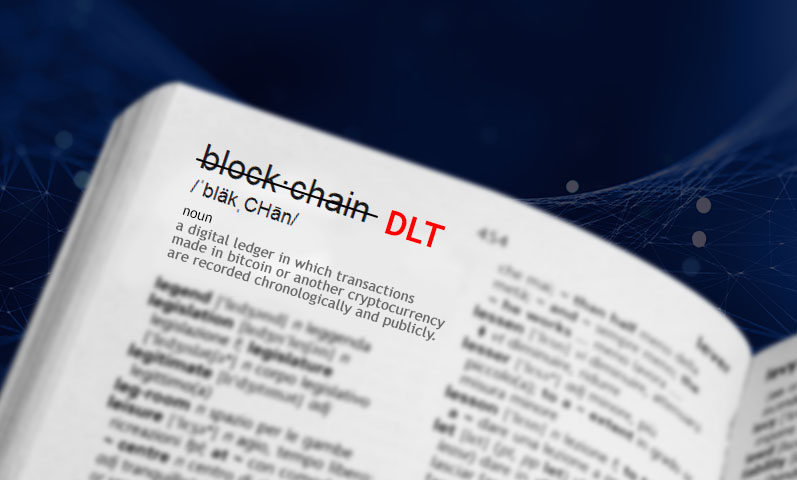Blockchain Technology Draws Interest From Banks

When Bitcoin exploded onto the scene in 2009, it brought with it an innovation in terms of verification: blockchain technology.
As the Bitcoin network’s backbone, the blockchain ensures that the various transactions in the network are legitimate and no double spending is happening. It does this by distributing copies of its ledger across the nodes of the network, ensuring that no single one is the center. The result is a decentralized network, much like those used by file-sharing sites.
The blockchain network processes data in blocks, hence the name. Each block contains recent transactions in the network and is processed by miners. Once a block is done, a copy is added to the ledger.
Bitcoin is the most prominent example of a network using blockchain technology, but other cryptocoins use the same foundation. While Bitcoin and cryptocurrencies have managed to find limited acceptance, it seems the adoption of blockchain technology will overtake it.
Recent interest in blockchain
The financial industry is always on the lookout for new technologies to use. Credit cards and Internet transactions are just two examples of how financial institutions have pushed the envelope in terms of technology. Blockchain technology’s decentralized approach has gained a lot of interest from banks as a way to handle transactions.
One bank that has taken an acute interest in blockchain technology is the Royal Bank of Canada (RBC). As Canada’s largest bank, the RBC has C$10 billion in earnings and a major market share in the Canadian banking industry.
The bank initially applied blockchain technology to their customer rewards and loyalty program and have found it a perfect fit.
RBC’s loyalty program actually looks a bit like the Bitcoin network. Customers earn points that they use to buy rewards. Normally, people would be limited to a bank’s reward store, but with the help of the blockchain, RBC was able to let merchants like Best Buy in and allowed users to buy from them in a direct manner. The program’s success has the bank looking at other implementations of the blockchain, which include cross-border payments and smart contracts.
Another bank that has taken a great interest in the uses of blockchain technology is South Korea’s KB Kookmin Bank. Kookmin was impressed by Bitcoin’s ability to cross borders easily and has decided to emulate the blockchain network to create a solution for international remittance.
Bypassing the currently used SWIFT network, this would lead to lower transaction fees with bigger savings for the customers. The bank also plans to use the blockchain to help store data and verify online banking accounts.
Why blockchain?
There are several reasons blockchain technology is so attractive to banks. First, there is the security factor. The blockchain ensures that records would be hard to tamper with. They can only be changed if a majority of the network agrees.
Changes would be automatically noticed and identified.
Second, the blockchain allows for complete privacy. Banks like keeping confidential records of their dealings. The blockchain allows Bitcoin users to transact anonymously and this can be translated into allowing bank users private transactions without compromising the end-users. This can be useful stock trades and other similar deals.
Finally, the blockchain can ensure the presence of a paper trail. One of the problems with modern banking is that deals can get labyrinthine. This results in money being laundered or lost. With the blockchain, each transaction can be easily linked to another. This makes it easier for banks to track money and ensure everything is legal and aboveboard.
In the long run, blockchain technology may go beyond its roots and become an integral part of the international banking network.





